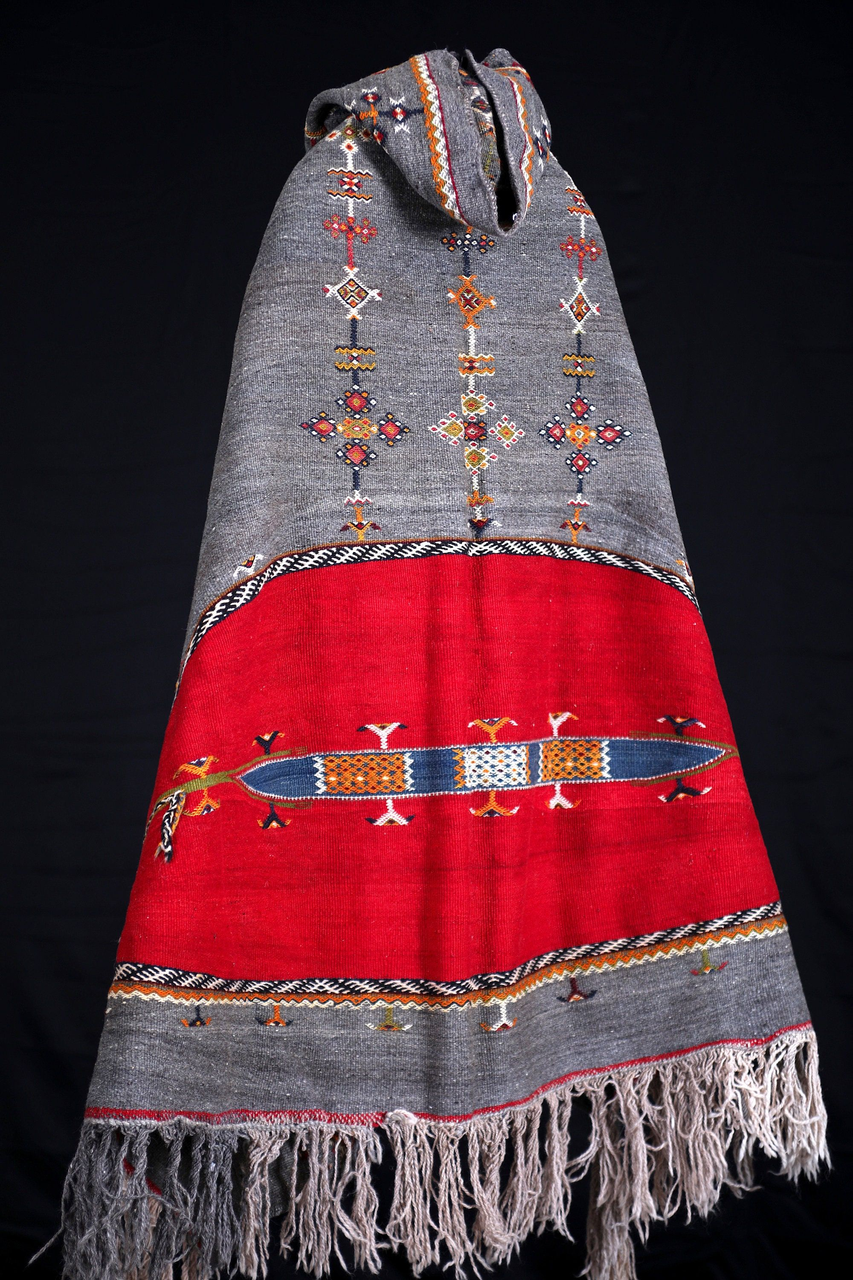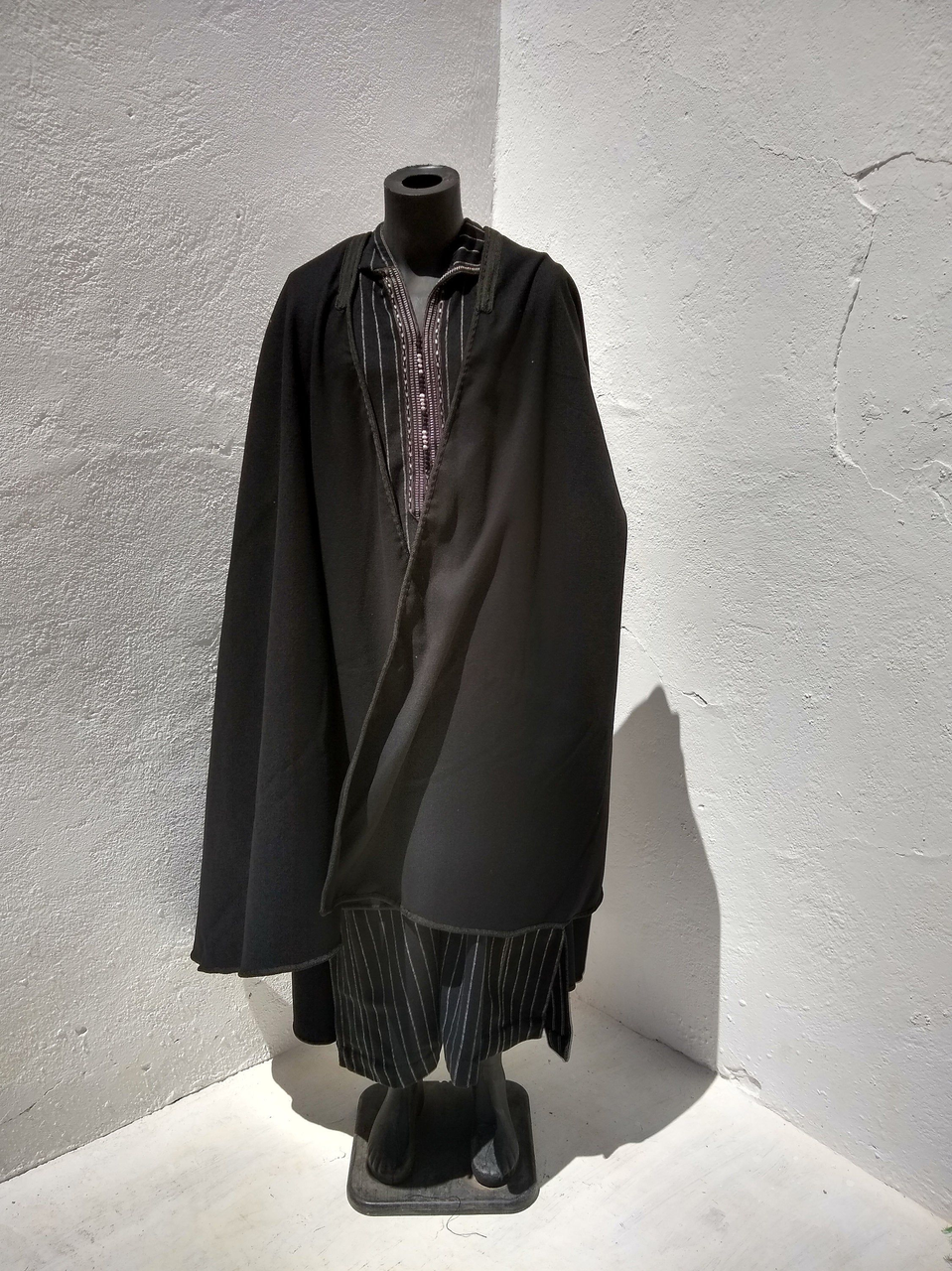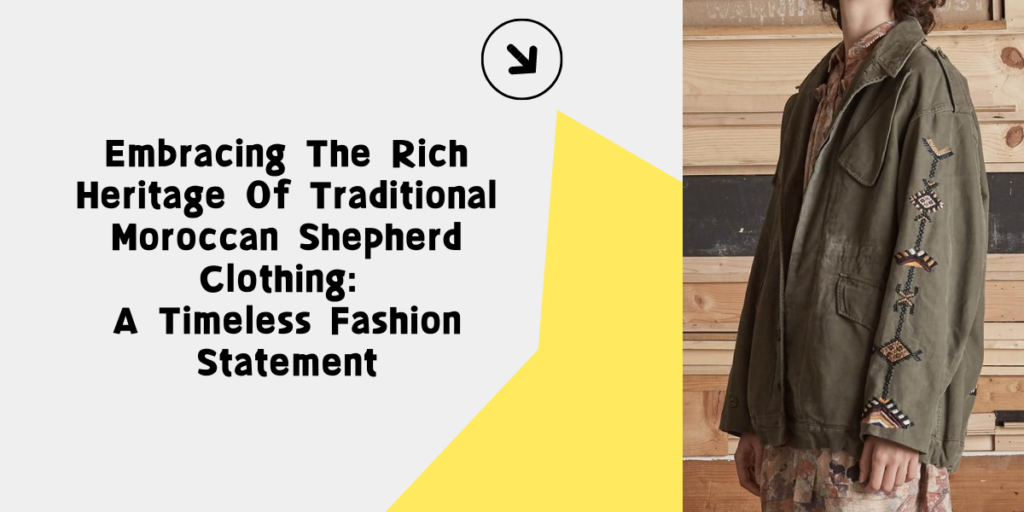Morocco, a country known for its vibrant culture, rich history, and stunning landscapes, has a long-standing tradition of shepherd clothing that has captivated the hearts of fashion enthusiasts around the world. The unique blend of Berber, Arab, and French influences has given birth to a distinctive style that is both functional and fashionable. In this article, we will delve into the world of traditional Moroccan shepherd clothing, exploring its origins, distinctive features, and how it has evolved over time. We will also discuss the growing demand for these garments in today’s global fashion industry and how you can incorporate them into your wardrobe.
The Origins Of Moroccan Shepherd Clothing
The roots of Moroccan shepherd clothing can be traced back to the indigenous Berber people, who have inhabited the region for thousands of years. Living in the harsh climates of the Atlas Mountains and the Sahara Desert, the Berbers developed clothing that was both practical and comfortable, using locally sourced materials such as wool, cotton, and leather. Over time, as Morocco underwent various cultural and political changes, the traditional shepherd clothing evolved, incorporating elements from Arab and French fashion.
Distinctive Features Of Moroccan Shepherd Clothing
Traditional Moroccan shepherd clothing is characterized by its simplicity, functionality, and durability. Some of the key elements of this style include:
Djellaba: The djellaba is a long, loose-fitting robe with a pointed hood, known as a qob. It is typically made from wool or cotton and is worn by both men and women. The djellaba provides protection from the elements and can be layered over other garments for added warmth.
Caftan: The caftan is another popular garment in Moroccan shepherd clothing, featuring a long, flowing silhouette with wide sleeves. It is often made from luxurious fabrics such as silk or brocade and is adorned with intricate embroidery and embellishments.
Gandoura: The gandoura is a simple, sleeveless tunic that is worn over trousers or a skirt. It is typically made from cotton or linen and features minimal decoration, making it a versatile and practical garment for everyday wear.
Belgha: Traditional Moroccan footwear, belghas are leather slippers with a pointed toe and no heel. They are comfortable, durable, and perfect for navigating the rugged terrain of the Moroccan countryside.
The Evolution Of Moroccan Shepherd Clothing
While traditional Moroccan shepherd clothing has maintained its core elements, it has also evolved to incorporate modern trends and styles. Today, you can find contemporary interpretations of the djellaba, caftan, and gandoura, featuring bold colors, unique patterns, and innovative materials. Additionally, many fashion designers have taken inspiration from Moroccan shepherd clothing, creating unique collections that pay homage to this rich cultural heritage.

Incorporating Moroccan Shepherd Clothing Into Your Wardrobe
The timeless appeal of traditional Moroccan shepherd clothing makes it an excellent addition to any wardrobe. Here are some tips on how to incorporate these garments into your personal style:
Choose high-quality, authentic pieces: When purchasing Moroccan shepherd clothing, look for garments made from natural materials such as wool, cotton, or leather. Authentic pieces will not only be more comfortable and durable but will also have a unique, handmade quality that sets them apart from mass-produced items.
Mix and match with modern pieces: Pair a traditional djellaba or caftan with jeans or leggings for a casual, bohemian look. Alternatively, dress up a simple gandoura with statement jewelry and heels for a chic, sophisticated ensemble.
Embrace bold colors and patterns: Moroccan shepherd clothing often features vibrant hues and intricate patterns, making it a perfect way to add a pop of color and visual interest to your outfit.
Accessorize with traditional Moroccan jewelry: Complete your Moroccan-inspired look with authentic Berber jewelry, such as silver bracelets, necklaces, and earrings adorned with colorful stones and intricate designs.

Why we should have a Traditional Moroccan shepherd clothing?
Here are some advantages of the Traditional Moroccan shepherd clothing:
Adaptation to climate:Traditional Moroccan shepherd clothing is designed to suit the local climate, which can be hot during the day and cold at night. The clothing is made from natural materials like wool, which helps regulate body temperature and wick away moisture.
Durability: The clothing is made from high-quality materials that are designed to withstand the wear and tear of daily life in the harsh Moroccan countryside. This makes them long-lasting and cost-effective in the long run.
Protection from the elements: The clothing provides protection from the sun, wind, and rain, which is essential for shepherds who spend long hours outdoors. The wide-brimmed hats, for example, shield the face and neck from the sun, while the long, loose-fitting garments protect the skin from sunburn and windburn.
Comfort: The loose-fitting nature of the clothing allows for ease of movement, which is important for shepherds who need to be agile and active while tending to their flocks. The breathable materials also help to keep the wearer comfortable in hot weather.
Cultural identity: Wearing traditional Moroccan shepherd clothing is a way for individuals to express their cultural identity and maintain a connection to their heritage. This can be particularly important for shepherds who live in remote areas and may have limited interaction with others who share their cultural background.
Modesty: The traditional clothing adheres to the modest dress code followed by many Moroccans, particularly in rural areas. This is important for maintaining social norms and showing respect for local customs and traditions.
Practicality: Many traditional Moroccan shepherd garments have practical features, such as pockets for carrying small items or loops for attaching tools. This makes the clothing functional as well as stylish.
Eco-friendly: The use of natural materials like wool and cotton in traditional Moroccan shepherd clothing means that the garments are biodegradable and have a lower environmental impact compared to synthetic fabrics. Additionally, the production of these garments often supports local artisans and promotes traditional craftsmanship.
Conclusion
Traditional Moroccan shepherd clothing is a testament to the rich cultural heritage and craftsmanship of the Moroccan people. By incorporating these timeless garments into your wardrobe, you can celebrate this unique fashion legacy while making a stylish statement. Whether you choose an authentic djellaba, a luxurious caftan, or a simple gandoura, Moroccan shepherd clothing is sure to elevate your personal style and transport you to the enchanting world of Morocco.
FAQs
How to buy a good quality traditional Moroccan shepherd clothing?
To buy good quality traditional Moroccan shepherd clothing, follow these steps:
Research: Familiarize yourself with the different types of traditional Moroccan shepherd clothing, such as djellabas, kaftans, and burnouses. Learn about the materials used, such as wool or cotton, and the various styles, patterns, and colors that are available.
Determine your needs: Consider the specific purpose for which you are buying the clothing. Is it for daily wear, special occasions, or as a souvenir? This will help you decide on the type of garment, material, and level of detail you require.
Find a reputable seller: Look for a reputable seller or store that specializes in traditional Moroccan clothing. This could be a local shop in Morocco, an online store, or a vendor at a cultural festival or market. Check for reviews or recommendations from previous customers to ensure the quality of the products and the reliability of the seller.
Check the quality of materials: When selecting your clothing, pay close attention to the quality of the materials used. Look for natural fibers like wool or cotton, which are more durable and comfortable than synthetic materials. The fabric should be thick and sturdy, with even stitching and no loose threads.
Examine the craftsmanship: Good traditional Moroccan shepherd clothing should be well-made, with attention to detail in the embroidery, patterns, and overall construction. Check for even seams, straight lines, and secure fastenings.
Try it on: If possible, try on the clothing to ensure it fits well and is comfortable to wear. Traditional Moroccan clothing tends to be loose-fitting, so make sure there is enough room for ease of movement. If buying online, check the sizing information provided by the seller and measure yourself to ensure the correct fit.
Consider the price: While it’s important to find good quality clothing, you should also consider your budget. Traditional Moroccan shepherd clothing can range in price depending on the materials used, the level of detail, and the craftsmanship involved. Compare prices from different sellers to find a garment that fits your needs and budget.
Care instructions: Before purchasing, ask the seller about the care instructions for the garment. Traditional Moroccan clothing may require special care, such as hand washing or dry cleaning, to maintain its quality and appearance.
Support local artisans: If possible, purchase your traditional Moroccan shepherd clothing from local artisans or cooperatives. This not only ensures the authenticity of the garment but also supports the local economy and preserves traditional craftsmanship.
Enjoy your purchase: Once you have found the perfect traditional Moroccan shepherd clothing, wear it with pride and enjoy the unique cultural experience it offers.
What are the key components of traditional Moroccan shepherd clothing?
Traditional Moroccan shepherd clothing typically consists of several key components that are designed to provide comfort, protection, and functionality for shepherds working in various weather conditions. These components include:
Djellaba: A long, loose-fitting outer garment with a hood, called a “cob”, which can be pulled over the head for protection against the sun, wind, and rain. The djellaba is usually made from wool or cotton and comes in various colors and patterns.
Sirwal: Loose-fitting trousers that are worn under the djellaba for added comfort and mobility. Sirwals are typically made from cotton or linen and can be tied at the waist with a drawstring or belt.
Gandoura: A sleeveless, knee-length tunic that is worn over the sirwal and under the djellaba. The gandoura is usually made from lightweight cotton or linen and can be embroidered with traditional Moroccan patterns.
Babouches: Traditional Moroccan slippers made from leather or suede, with a pointed toe and a flat sole. Babouches are typically worn by shepherds for comfort and ease of movement on various terrains.
Headwear: Moroccan shepherds often wear a turban or a simple headscarf to protect their heads from the sun and to keep their hair out of their faces while working.
How does traditional Moroccan shepherd clothing provide protection and functionality?
Traditional Moroccan shepherd clothing is designed to provide protection from the elements and to allow for ease of movement while working. The djellaba, with its long sleeves and hood, offers protection from the sun, wind, and rain, while the loose-fitting sirwal and gandoura provide comfort and mobility. The lightweight, breathable materials used in these garments also help to keep the wearer cool in hot weather and warm in colder conditions. Babouches provide comfortable, durable footwear that can easily be slipped on and off, making them practical for shepherds who need to move quickly and efficiently across various terrains.
How has traditional Moroccan shepherd clothing evolved over time, and are there any modern adaptations?
While traditional Moroccan shepherd clothing has largely remained unchanged over the centuries, there have been some adaptations and evolutions in response to changing lifestyles and fashion trends. Some shepherds may now wear more modern clothing items, such as jeans or t-shirts, in place of the traditional sirwal and gandoura. Additionally, the materials used to make the garments may have evolved to include synthetic fabrics that offer greater durability and weather resistance.
However, many Moroccan shepherds still choose to wear traditional clothing, as it provides a strong connection to their cultural heritage and offers practical benefits for their work. In recent years, there has also been a resurgence of interest in traditional Moroccan clothing, with designers incorporating elements of the shepherd’s attire into modern fashion collections. This has helped to preserve and celebrate the rich history and craftsmanship of traditional Moroccan shepherd clothing.
